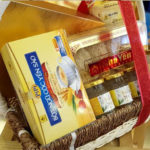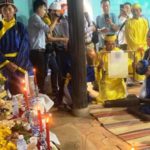
1Tree Reconnaissance at Noon
On T?t Ðoan Ng? day, at exactly 12 noon, a traditional custom known as tree reconnaissance is performed in many places. This ritual involves examining fruit trees that have produced few or no fruits or are infested with pests or diseases.
The tree examination ritual is typically carried out by two people. One person climbs up the tree while the other person stays below, holding a knife and tapping on the tree trunk. The person below asks questions, such as why the tree didn’t bloom or bear fruit and whether the next season’s trees will bear more fruit. The person on the tree answers in a soft and pleading voice, promising that the tree will soon bear fruit.

2Eating Fruit to Ward Off Pests
On the 5th day of the 5th lunar month, which marks the transition in weather and the development of insects and pests, it is believed that eating early-season fruits, especially sour and bitter fruits like plums, apricots, watermelons, and pineapples, can help eliminate “pests” from the body.
These fruits are typically included on ancestral altars on T?t Ðoan Ng? day, not only to strengthen the body’s resistance but also to express a desire for fragrant flowers, sweet fruits, and prosperous lives for ancestors.

3Eating Glutinous Rice Wine
On the 5th day of the 5th month, many families gather to eat glutinous rice wine. This wine is made from fermented purple sticky rice and has a sweet taste. It is believed to cure ailments such as physical weakness, thirst, and excessive sweating. This custom symbolizes the desire to eliminate diseases in the body and bring abundant health.
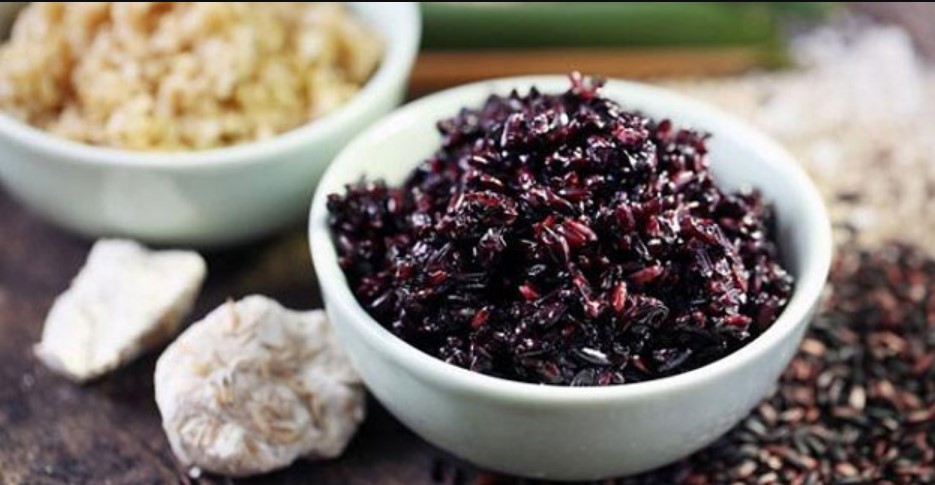
4Picking Medicinal Leaves
At noon, especially in rural areas, people gather to pick medicinal leaves. The belief is that 12 noon is the best time with good yang energy, as the sun emits the best sunlight of the year. Leaves picked at this time are believed to have the best healing effects.
The types of leaves typically picked are medicinal herbs that treat skin diseases or gastrointestinal diseases. After picking, people boil the leaves in water for bathing or steaming to prevent or treat diseases.
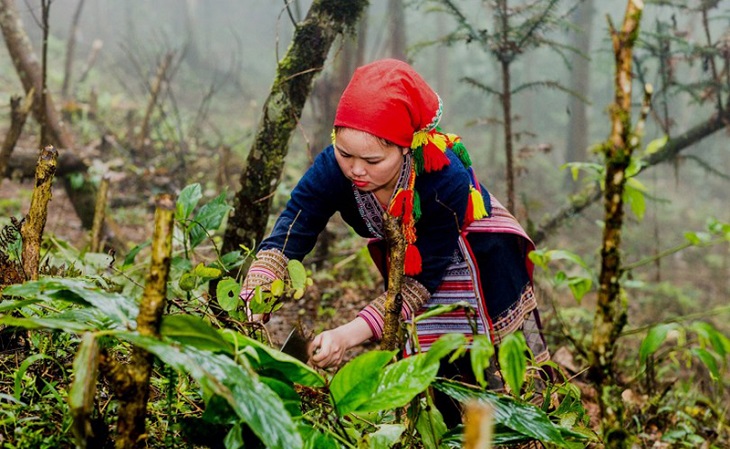
5Bathing with Herbal Water
Herbal leaves with a pleasant fragrance are boiled to create herbal water for bathing. This ritual on T?t Ðoan Ng? day is believed to help eliminate sweat, relax the body, prevent wind disorders, colds, and detoxify the body, promoting overall good health.
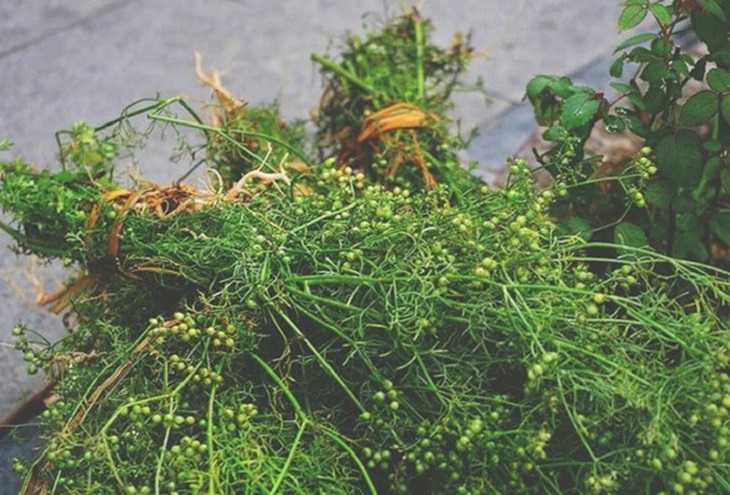
6Eating Tro Cake
Along with rice wine, eating tro cake is an essential part of T?t Ðoan Ng? day. Tro cake is made from two main ingredients: glutinous rice and ash water, with or without mung bean filling. Families gather together to enjoy tro cakes as they chat and celebrate this long-standing ritual.
Tro cake is known for its cooling and easy-to-digest properties, making it ideal for neutralizing hot and indigestible foods. It also promotes detoxification, urination, and helps prevent diseases such as kidney stones and gout.
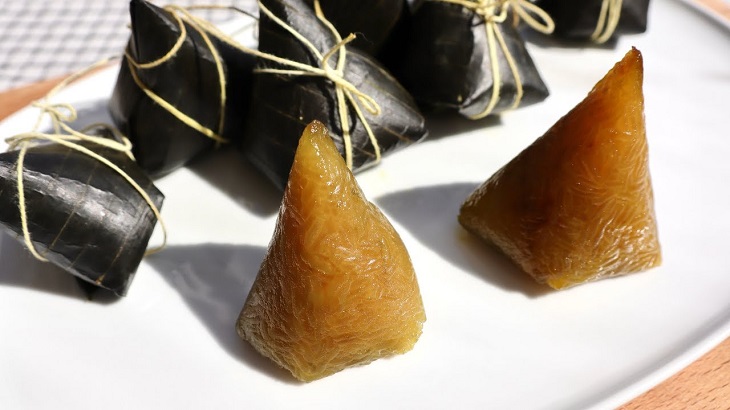
7Eating Duck Meat
Duck meat is a popular dish on the 5th day of the 5th month for many families. It can be boiled, roasted, or prepared in various other dishes based on personal preferences. Eating duck meat on T?t Ðoan Ng? day is believed to be particularly favorable as this is the season when ducks are plentiful, resulting in fattier and tastier meat.
Duck meat also has a cooling effect, helping to balance body temperature and nourish the body during these hot sunny days.
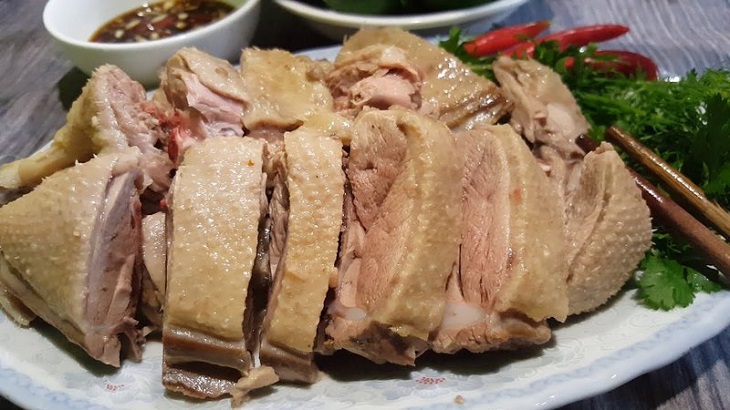
Reference and compilation source: Lao Dong Newspaper, Science TV
We hope this article provides you with more information about the customs observed on T?t Ðoan Ng? day in Vietnamese families. If you have any experiences or questions to share, please leave a comment below!


